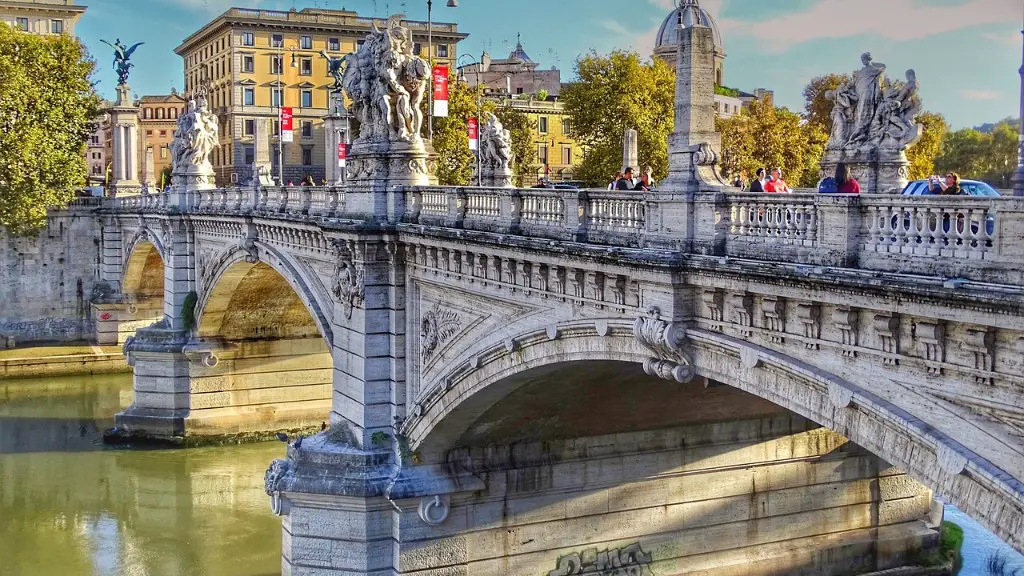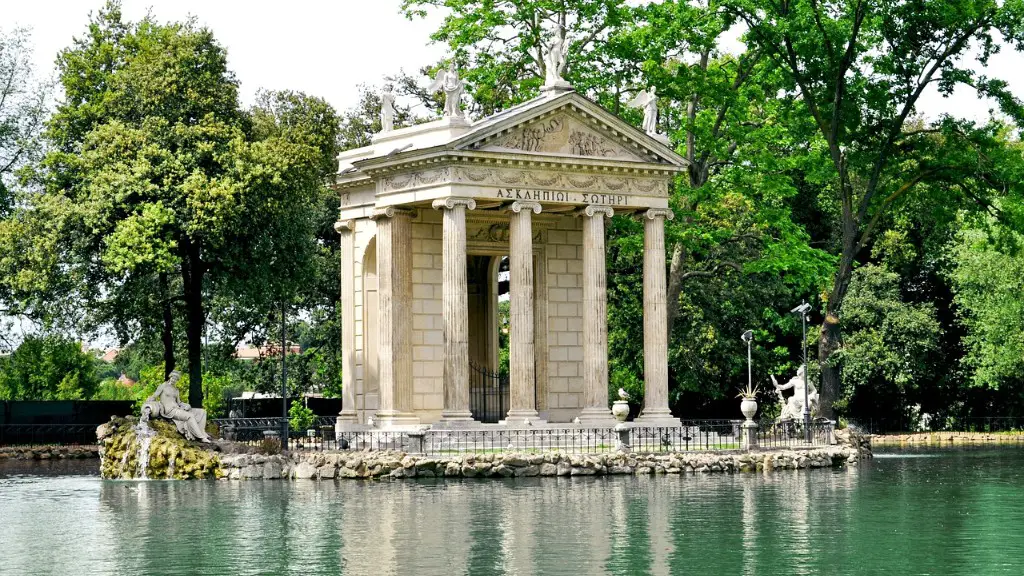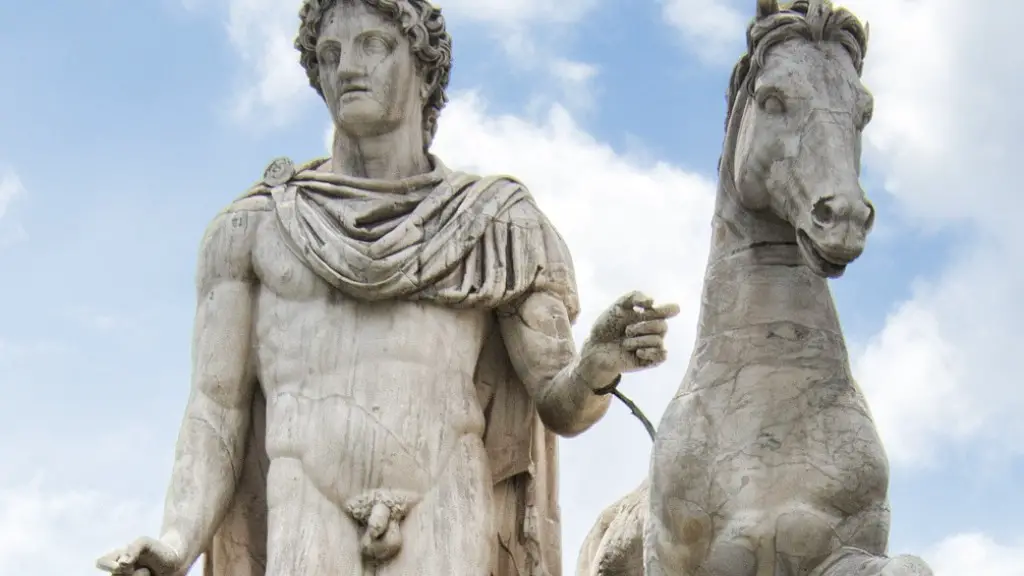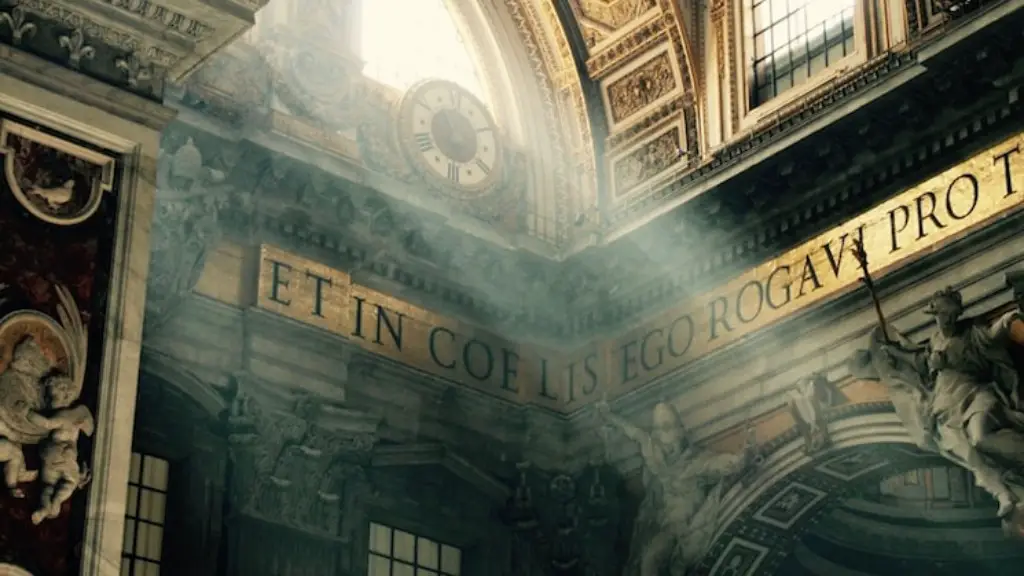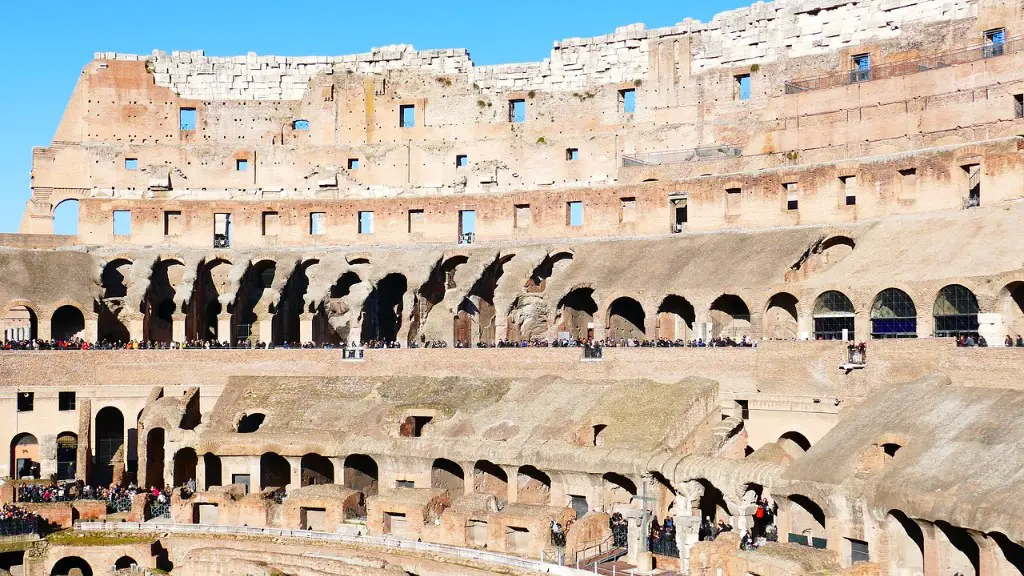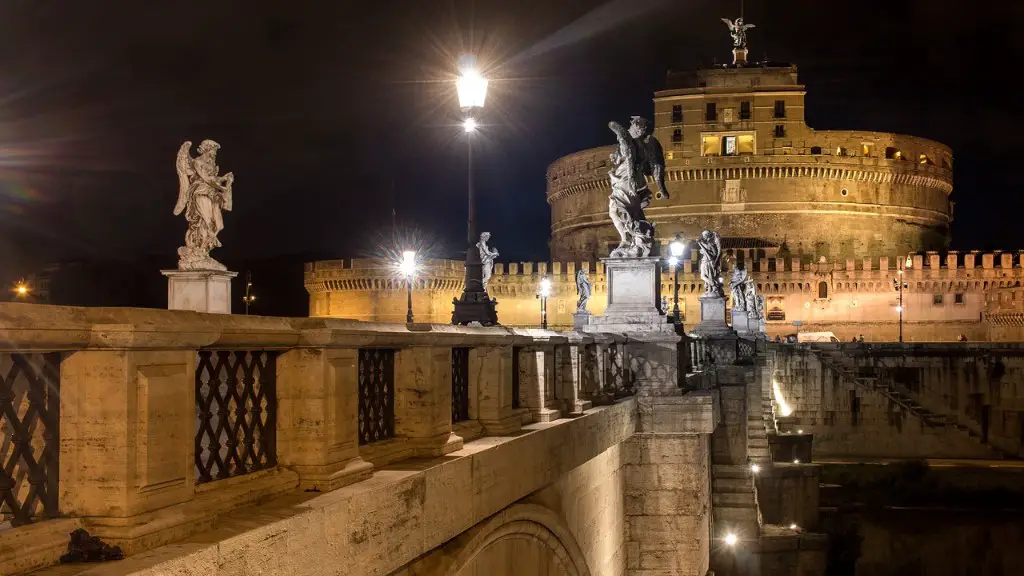History Of Ancient Rome Government
Ancient Rome was built on a foundation of government and administration that lasted for more than two millennia. Its formidable political structures and institutions left a lasting impression on future political systems and society as a whole. Understanding the government of ancient Rome is critical to understanding the history of the Roman Empire and its impact on the modern world.
The Roman Republic began in 509 BCE, when the Roman people revolted against the last King of Rome, Tarquin the Proud. This revolt established an oligarchy system of government, in which a small group of patricians controlled the government. This government was driven by a set of political bodies, or popular assemblies, which also granted executives with consular powers. This, in addition to the Senate which was composed of members chosen by the popular assemblies, created a complex form of government.
The Roman Republic was a form of mixed government, combining elements of democracy and tyranny. Its aim was to provide stability through a system of checks and balances. The two-consulate government was the driving force of the Republic, with two consuls elected annually to serve a one-year term. The entire power of the Roman Republic lay in the hands of the consuls, who had legislative, executive, and veto powers.
During the Republic, Rome was divided into several important cities, with the Senate having the authority over the governing of each of them. The Senate was composed of influential patricians, who were elected to their positions for life. This gave them immense influence, and it was the Senate’s job to draft laws, oversee the functioning of the consuls, and advise the people on important matters.
The Roman Empire was established in 27 BCE and ushered in a period of absolute monarchy. The Roman Empire was a hierarchical system, with the emperor at the top controlling all the land and states. He had the power to make laws, appoint governors, set taxes, and generally govern the Empire. This form of government lasted until 395 AD when the Empire was split into the Eastern and Western Roman Empires.
During the height of the Empire, the emperor held absolute power over the citizens. This power was understood by the emperor and was meant to ensure stability and peace. The administrative system of the Empire was sophisticated, dividing the Empire into provinces, with governors being appointed to manage the provinces. The taxes collected were used to pay for public works, administration, and military campaigns.
Towards the end of the Roman Empire, the Emperor was the sole representative of authority, yet the society was becoming more decentralized. Local communities had more autonomy, and powerful individuals emerged to challenge the authority of the central government. This shift in authority, combined with the decline of the Roman economy, contributed to the eventual fall of the Roman Empire.
Impact On Modern Government
The Roman Republic and the Roman Empire have had a profound and lasting impact on the development of government and politics as we know them. The Roman government was the first government to institute government of law, as opposed to government of men. It was also the first government to establish a separation of powers, with legislative, executive, and judicial branches.
The Roman Republic and Empire are also credited with the development of a bureaucracy, as well as the development of a standing army and navy. The system of taxation was also very advanced, as was their legal system. The Romans also established a system of courts and laws that are still used today.
The Romans also established a lot of the principles that are held dear today, such as the notion of political equality and the right to vote. They were also one of the first governments to recognize the importance of paying attention to public opinion and to use propaganda to sell their ideas.
The Roman form of government has also influenced many modern governments in many ways. The concepts of a unitary and federal state are derived from the Roman system. Today, many governments are modeled after the Roman concept of the Senate and its governing body, with a large advisory board with considerable influence in decision making.
Analysis and Insight
The government of ancient Rome is one of the most influential governments in history. It offered stability to the Roman people and laid the foundation for the modern political system we have today. It is no surprise that the Roman Empire has been studied by many and is seen as a leader in government for millennia.
The legacy of the Roman government is still felt today. Many modern governments borrow the concepts and principles of the Roman government and use it as a foundation. The impact it has had on the modern political system is invaluable, and its legacy will surely continue to shape politics for centuries to come.
Legacy Of The Roman Government
The legacy of the Roman government is long and has been a source of inspiration to many modern governments. Its system of checks and balances, mixed government, and complexity have inspired many important political figures. Its system of taxation, bureaucracy, and standing army, have also been seen as incredibly advanced for its time.
The influence of the Roman government continues to be seen even today. Many modern governments borrow from the Roman model in the way that their laws are structured, the way their governments are structured, and the way their societies are structured. Other governments, such as the United States of America, adopted some of the Roman laws as part of their own legal systems.
The legacy of the Roman government is a lasting one, and its influence can be seen and felt in many different aspects of government and politics. From its system of checks and balances, to its bureaucracy and standing army, to its legal system and taxation structure, the Roman government has left a lasting impression on the modern political system.
Change and Adaptation
The Roman government was flexible and adaptive, which allowed it to change and evolve over time. As the Romulus civilization grew and changed, the government also adapted to the needs of the people. This allowed the Roman Republic and later Empire to remain relevant and influential even in different eras.
With the changing times, the Roman government had to adapt in order to remain in power. This included changing the laws to meet the needs of the people, adapting to foreign influences, and changing how it interacted with its citizens. This agile structure ensured the survival of the Roman government and allowed it to remain relevant for centuries.
The Roman government was also quick to adopt new technologies and innovations. They adopted new military technologies to help them win battles, and also adopted architecture and engineering techniques that allowed them to build larger and more advanced structures, such as aqueducts.
The legacy of the Roman government can still be felt today, in that modern governments continue to adapt and change in order to remain relevant and effective. This agility has been a hallmark of the Roman government, and its example is something modern governments can strive to emulate.
Conclusion
In conclusion, the government of ancient Rome has left an indelible mark on the modern world. Its system of government was immensely advanced for its time and has been used as a model for modern governments. Its legacy is still seen in the form of laws, bureaucracy, and standing armies. From the very beginning, the Roman government was adaptive and agile, allowing it to survive and remain relevant for centuries.
